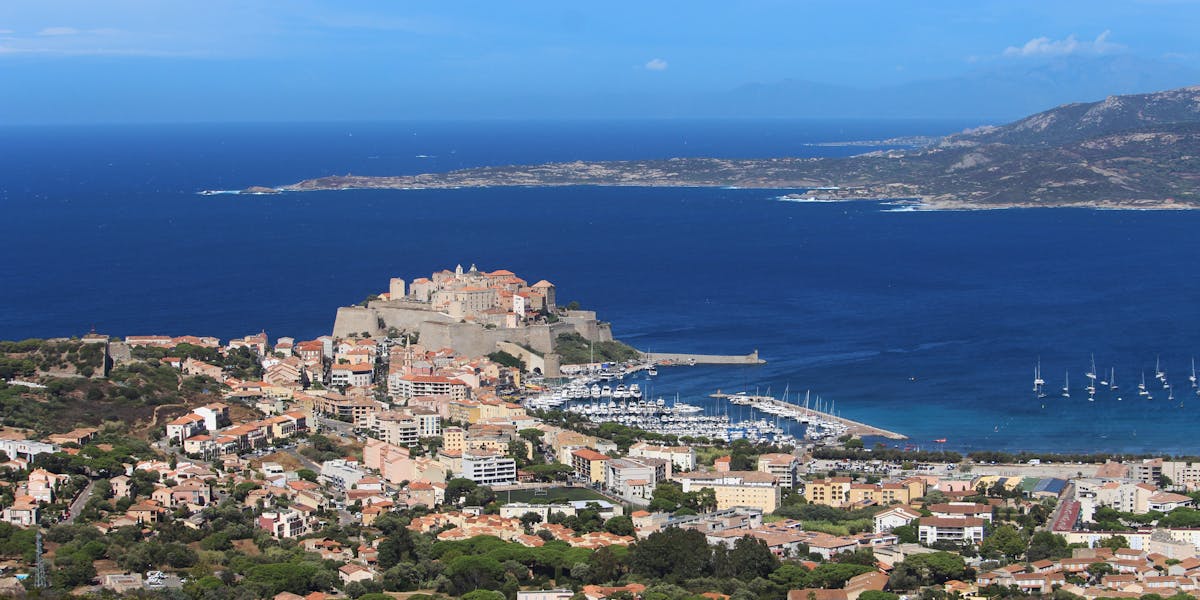Norway is known for its dramatic landscapes, from towering fjords to glacial valleys, but its coastal towns are equally enchanting. These charming towns, nestled between the sea and rugged mountains, offer a glimpse into the country’s maritime heritage, architectural beauty, and vibrant local culture. On this journey, we’ll explore some of Norway’s most picturesque coastal towns, including Ålesund, Bergen, and Stavanger, focusing on their unique attractions, architectural styles, and, of course, their seafood cuisine.
1. Ålesund: Art Nouveau Beauty
Our journey begins in the beautiful town of Ålesund, often regarded as one of the most picturesque towns in Norway. Located on the western coast, Ålesund is spread across several islands that jut out into the North Sea. What makes this town particularly unique is its stunning Art Nouveau architecture, which was largely built after a devastating fire in 1904 that destroyed most of the town.
Highlights of Ålesund:
– Art Nouveau Architecture: After the fire, Ålesund was rebuilt in the elegant Art Nouveau style, and today, it stands as a living museum of this distinctive architectural period. Visitors can admire the pastel-coloured buildings adorned with ornate details and wander the cobblestone streets of the town centre. For a deeper dive into the architecture, visit the Jugendstilsenteret (Art Nouveau Centre), which offers exhibitions on the town’s history and its reconstruction.
– Aksla Viewpoint: One of the best ways to appreciate the beauty of Ålesund is from above. The Aksla Viewpoint provides panoramic views of the town, surrounding islands, and the majestic fjords. You can either climb the 418 steps from the town centre or drive up to the top for an unforgettable view.
– Seafood Cuisine: Being a coastal town, Ålesund is known for its fresh seafood. For an authentic taste of the region, try the klippfisk (salted and dried cod), which has been a staple in Norwegian diets for centuries. Many local restaurants, like XL Diner, offer modern interpretations of traditional seafood dishes with stunning views of the harbour.
2. Bergen: The Gateway to the Fjords
Next on our journey is Bergen, Norway’s second-largest city and a hub for exploring the country’s famous fjords. Often referred to as the “Gateway to the Fjords,” Bergen offers a perfect blend of nature, history, and culture. The town is surrounded by seven mountains and offers stunning views of the sea.
Highlights of Bergen:
– Bryggen Wharf: A UNESCO World Heritage Site, Bryggen is one of the most iconic landmarks in Bergen. The colourful wooden buildings along the wharf date back to the Hanseatic League’s trading days and now house museums, shops, and cafes. Walking through this historic area is like stepping back in time, with its narrow alleyways and medieval architecture.
– Mount Fløyen: For those who want to experience Bergen’s natural beauty, a trip to Mount Fløyen is a must. The Fløibanen funicular takes visitors from the town centre to the top of the mountain, where panoramic views of the city, fjords, and surrounding islands await. The area is also perfect for hiking and outdoor activities.
– Seafood Market: Bergen’s Fish Market is a foodie’s paradise. Located at the heart of the city, this bustling market offers fresh seafood straight from the Norwegian waters, including salmon, king crab, and mussels. Visitors can sample traditional dishes like fish soup or indulge in fresh seafood platters. For a more upscale dining experience, try Cornelius Seafood Restaurant, located on a small island just outside Bergen and accessible by boat.
3. Stavanger: The Oil Capital with a Historic Twist
Our journey ends in Stavanger, a city known for its mix of modern industry and rich history. While Stavanger is often referred to as the “Oil Capital of Norway” due to its significance in the oil and gas industry, it also boasts a charming old town and proximity to some of Norway’s most stunning natural attractions.
Highlights of Stavanger:
– Old Stavanger (Gamle Stavanger): Old Stavanger is a delightful area to explore, with its narrow cobblestone streets lined with well-preserved white wooden houses from the 18th and 19th centuries. This area is one of the best-preserved wooden settlements in Europe and offers a glimpse into what life was like in Stavanger centuries ago. Many of the houses are now home to art galleries, cafes, and shops, making it a perfect place for a leisurely afternoon stroll.
– Preikestolen (Pulpit Rock): Just outside Stavanger lies one of Norway’s most famous natural landmarks, Preikestolen, or Pulpit Rock. This towering cliff rises 604 metres (1,982 feet) above the Lysefjord and offers one of the most dramatic and breathtaking views in the country. The hike to Preikestolen takes about 2-4 hours and is a must for any outdoor enthusiast visiting the area.
– Seafood and Modern Cuisine: Stavanger is a culinary hotspot, offering a wide range of dining experiences. The city’s proximity to the sea ensures that seafood is always fresh and abundant. For a modern twist on Norwegian cuisine, try RE-NAA, Stavanger’s Michelin-starred restaurant, which focuses on using local ingredients to create innovative dishes. For a more casual dining experience, Fisketorget is an excellent choice for fresh seafood dishes right by the harbour.
Coastal Charm and Maritime Heritage
Each of these towns offers a unique blend of history, culture, and natural beauty, but one thing they all have in common is their deep connection to the sea. The maritime heritage of Norway is evident in everything from the architecture of its coastal towns to the fresh seafood served in local restaurants.
Throughout history, Norway’s coastal towns have been centres of trade, fishing, and exploration, and today they continue to thrive as cultural and economic hubs. Whether you’re strolling along the Art Nouveau streets of Ålesund, enjoying a seafood feast in Bergen, or hiking to Pulpit Rock in Stavanger, you’ll be immersed in the rich maritime history that has shaped these towns.
Practical Tips for Visiting Norway’s Coastal Towns
– Getting Around: Norway’s coastal towns are well connected by road, sea, and air. Many travellers opt for the Hurtigruten coastal ferry, which travels along Norway’s coastline, stopping at various towns along the way. For those who prefer to drive, the E39 coastal highway offers scenic views and easy access to towns like Ålesund, Bergen, and Stavanger.
– When to Visit: The best time to visit Norway’s coastal towns is during the summer months (June to August) when the weather is mild, and the days are long. This is also the peak tourist season, so be prepared for crowds, especially in popular areas like Bergen and Pulpit Rock. For a quieter experience, consider visiting in the shoulder seasons of spring (April to May) or autumn (September to October).
– What to Pack: Norway’s weather can be unpredictable, so it’s essential to pack layers and waterproof clothing. Even in summer, the coastal towns can experience sudden changes in weather, with rain and wind being common. Comfortable walking shoes are a must, especially if you plan to explore the towns on foot or embark on hikes like the one to Pulpit Rock.
Conclusion
Norway’s coastal towns offer a perfect combination of natural beauty, rich history, and cultural charm. From the Art Nouveau streets of Ålesund to the historic wharfs of Bergen and the stunning cliffs near Stavanger, each town has its own unique character and attractions. Whether you’re a history buff, an outdoor enthusiast, or a seafood lover, a journey through these towns will provide an unforgettable glimpse into the heart of Norway’s coastal culture.





0 Comments